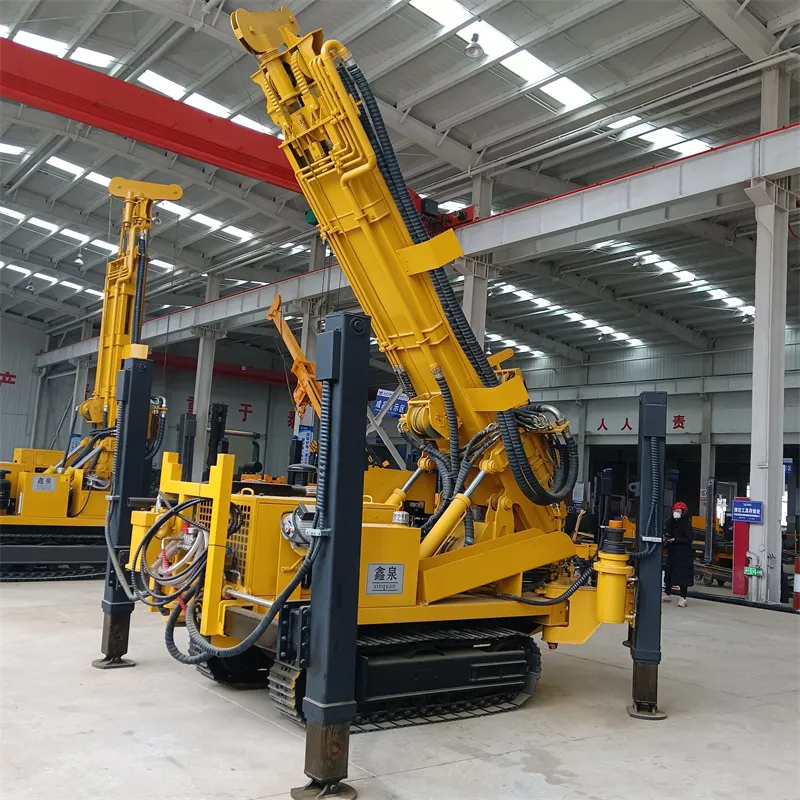Basic Role of Water Well Drilling Rigs in Groundwater Resource Evaluation
A water well drilling rig provides key data for groundwater resource evaluation, affecting result accuracy.
-
Define aquifer distribution and volume: Drilling reveals aquifer area and thickness. A basin’s 30 drill holes showed a 500km² aquifer (20m thick), totaling 10,000km³ volume.
-
Supply calculation parameters: Pump tests get permeability and specific yield. A region used 8m/d permeability and 0.15 specific yield, calculating 50 million m³/year extractable water.
-
Assess mining conditions and recharge: Drilling data shows aquifer depth and barrier properties. One 100m-deep aquifer with 20m clay barriers suits tube wells (30m³/h). Observation holes monitor recharge—8 million m³/year guides sustainable use.

Reliable data from a water well drilling rig ensures sound evaluation. It balances groundwater exploitation for water well drilling rigs.
